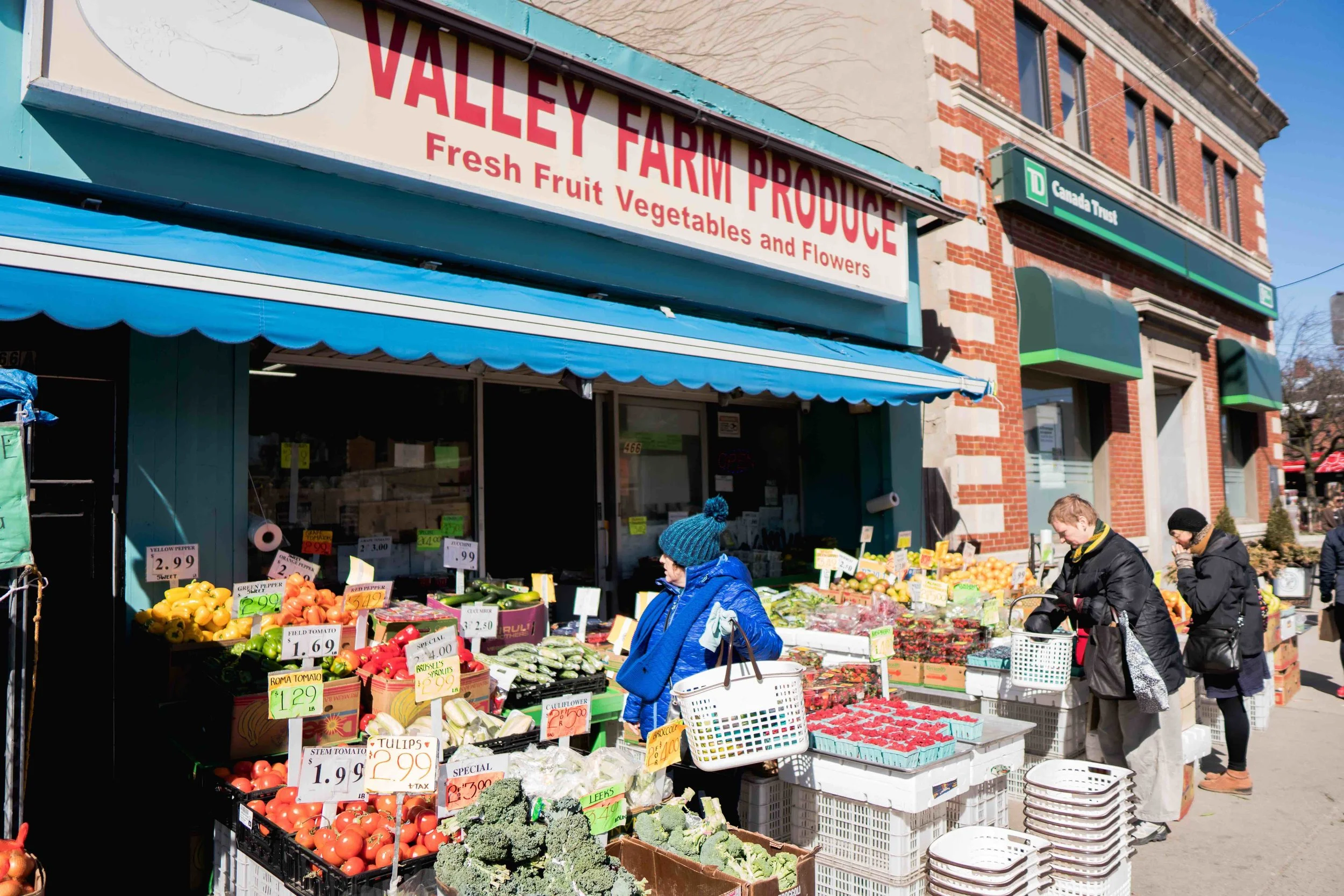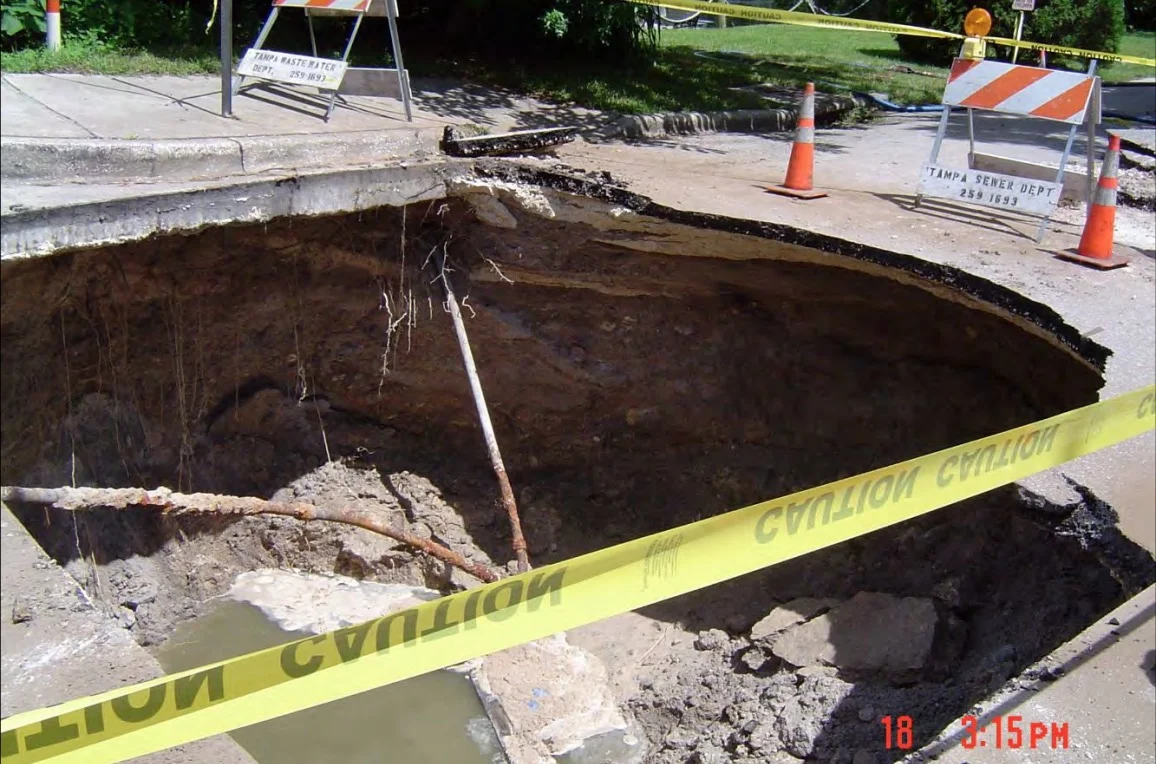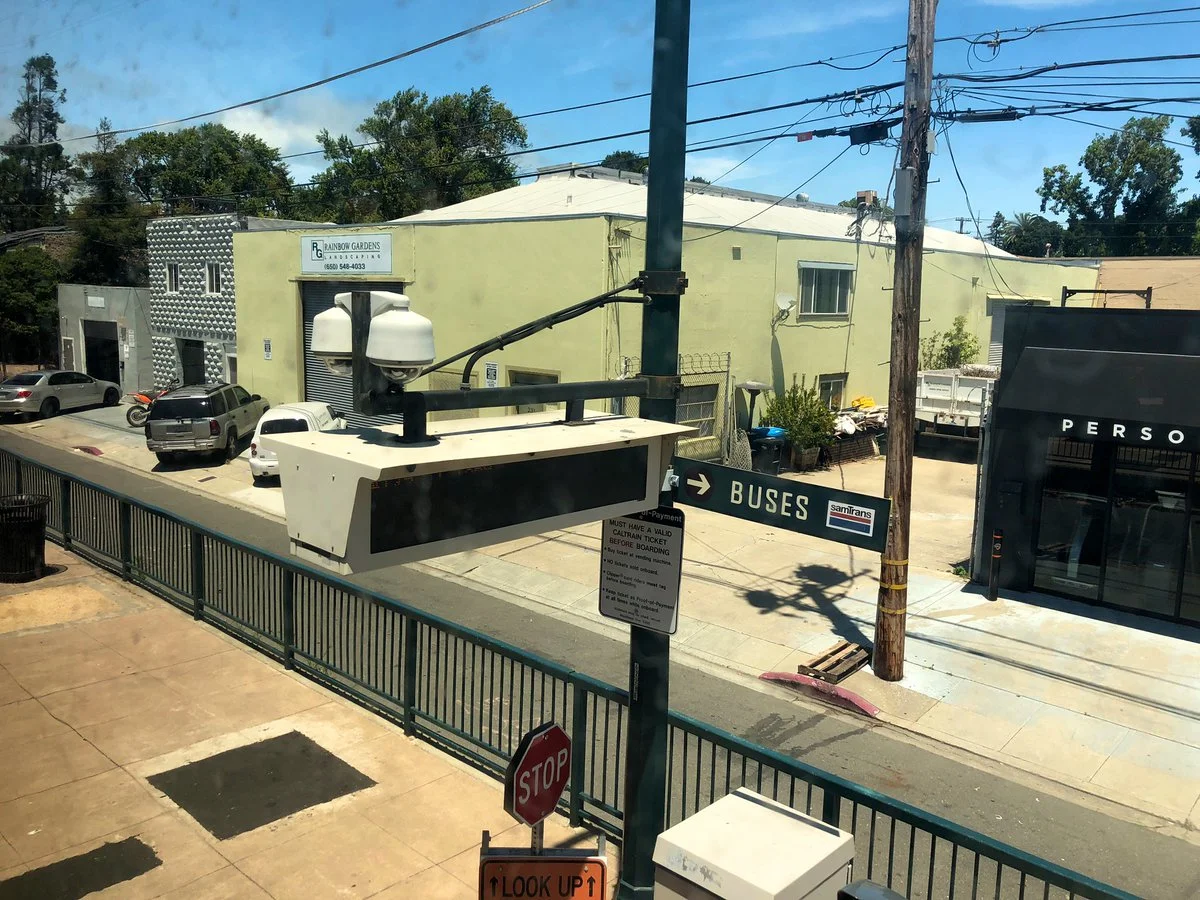We’ve been living for decades on the urban economic equivalent of anabolic steroids: it’s time for some good old-fashioned diet and exercise. The key is to reorient the way we approach growth. Instead of thinning out our cities and taking on more infrastructure liabilities, we need to wring real value out of the places we’ve already built.
Read MoreWe chose Memphis to kick off the Strong America Tour for a reason: the city is both an object lesson in what has gone wrong in American cities, and what could go right. And Memphis’s example helps us see why in places that are going to experience a renaissance, it’s going to come from the grassroots.
Read MoreMost Americans have never lived in a time when “the inner city” wasn’t a locus of poverty, physical blight and social disintegration. Yet many of us fail to grasp the extent to which public policy had its thumb on the scale from the start in creating those conditions.
Read MoreAt Strong Towns, we have a lot of good things to say about the kind of places we built before the automobile era. Does that mean it’s really all just about nostalgia for a simpler time? Hardly.
Read MoreCalifornia recently passed a statewide rent control bill. Will it protect tenants, alleviate the housing crisis, and strengthen communities? Or is it another massive #california intervention that will do little to clean up the mess made by the LAST massive intervention?
Read MoreA leading infill developer in Victoria, BC is building beautiful homes that address the housing crisis and make neighborhoods stronger. They’re also changing the conversation about what’s possible.
Read MoreIn Seattle, policy victories tend to be long-fought and hard-won. What will it take to achieve a city that can flex, evolve, and meet its residents’ needs in a more organic way, without every change becoming an arduous political battle?
Read MoreA remarkably diverse coalition of activists is moving the needle in Seattle on the question of who—and what—belongs in the city’s neighborhoods. And they’ve scored two big policy victories in 2019. Is it enough?
Read MoreA new report on the interstate highway system from the Transportation Research Board of the National Academy of Sciences is not propaganda for the road-building industry. So why does it still read like it is?
Read MoreWe hear it everywhere we go: people want, and cherish, the kind of complete neighborhood where you can meet most of your daily needs within a 15-minute walk. What will it take to create more such places in North American cities and towns?
Read MoreTampa has an epidemic of leaking and bursting pipes. But don’t worry, the city’s taking action! …by proposing an eightfold increase in the amount it spends on maintenance for the next 20 years, half funded by new debt. How did we get to this point?
Read MoreLove to hate congestion? We’ll never fix it by obsessing over speed or traffic delays. We need to rethink our whole transportation debate, starting with this premise: it’s not about how fast you can go. It’s about what you can get to.
Read MoreCommuter rail stations in the San Francisco Bay Area should be some of the most valuable land in the region (and by extension, the world). So why are there so many parking lots and one-story buildings right next to them?
Read MoreIf your goal is to promote public safety, design streets for the humans you have, not the perfectly obedient ones you wish you had.
Read MoreIt’s easy to claim “We have too much parking” but to prove it? These Boston area planners were up to the challenge, surveying over 200 apartment buildings’ parking lots. What they found… might not shock you.
Read MoreLos Angeles, where the car is famously king, may have one of the best shots of any American city of becoming a car-optional place at scale—not just in a few trendy neighborhoods lucky enough to have good transit. Here’s why.
Read MoreSan Bruno, California laid out a detailed blueprint for more housing. One developer followed that blueprint. $3 million and 3 years later, the city killed his project anyway.
Read MoreMissing Middle development—anything from a duplex to a cottage court to a small apartment building—is an indispensable piece of the Strong Towns vision for cities that are resilient, adaptable, and can pay their bills. We need to revive a culture of building this way: here are 5 ways cities can start.
Read MoreThose who are most comfortable with the status quo often demand that we exhaustively study any new policy for possible harmful side effects before taking action. But what if we applied the same scrutiny to the harmful side effects of not changing things?
Read MoreThere’s every reason not to build a freeway through a poor, mostly-black neighborhood in Shreveport, Louisiana. So why is the state government taking money away from needed maintenance to push this bad project forward?
Read More



















